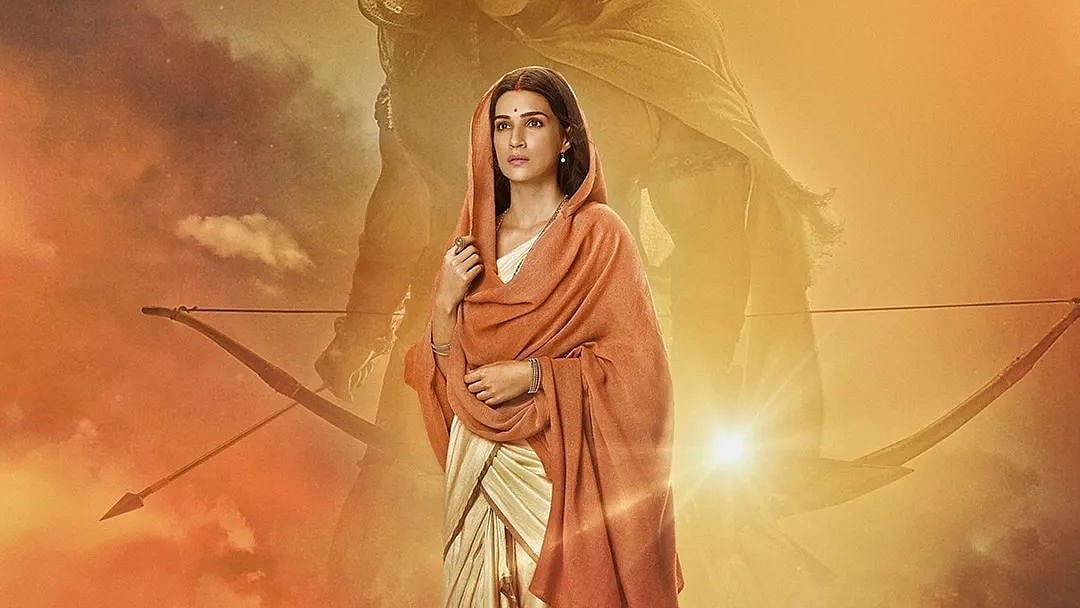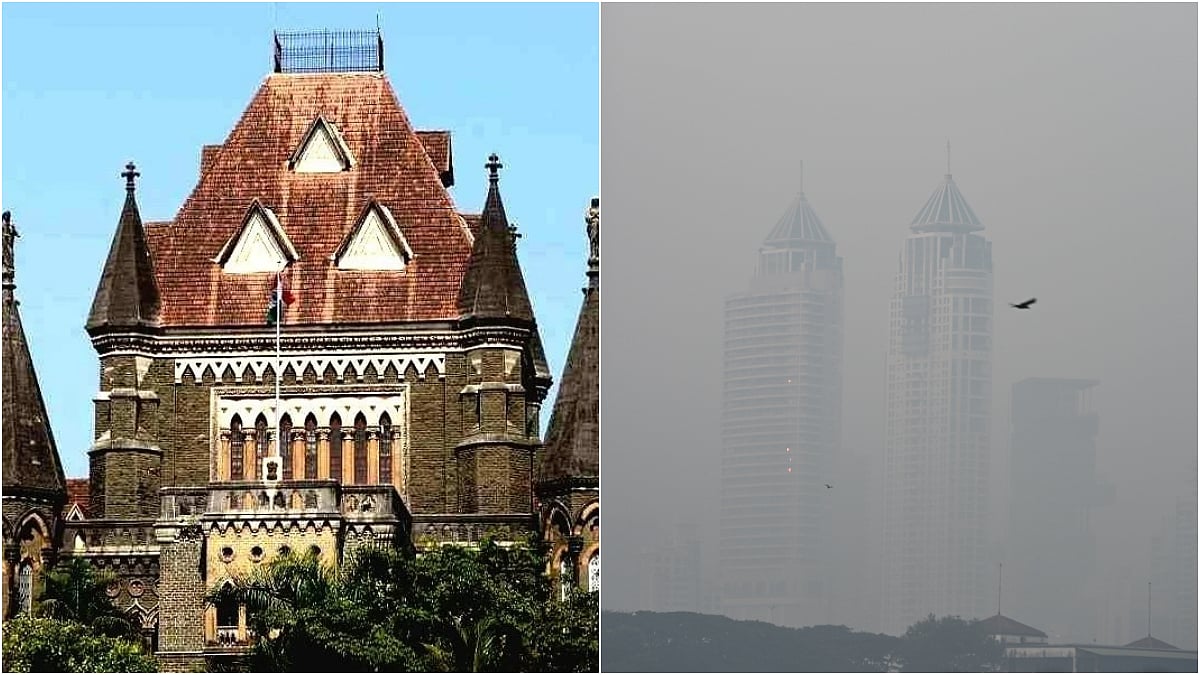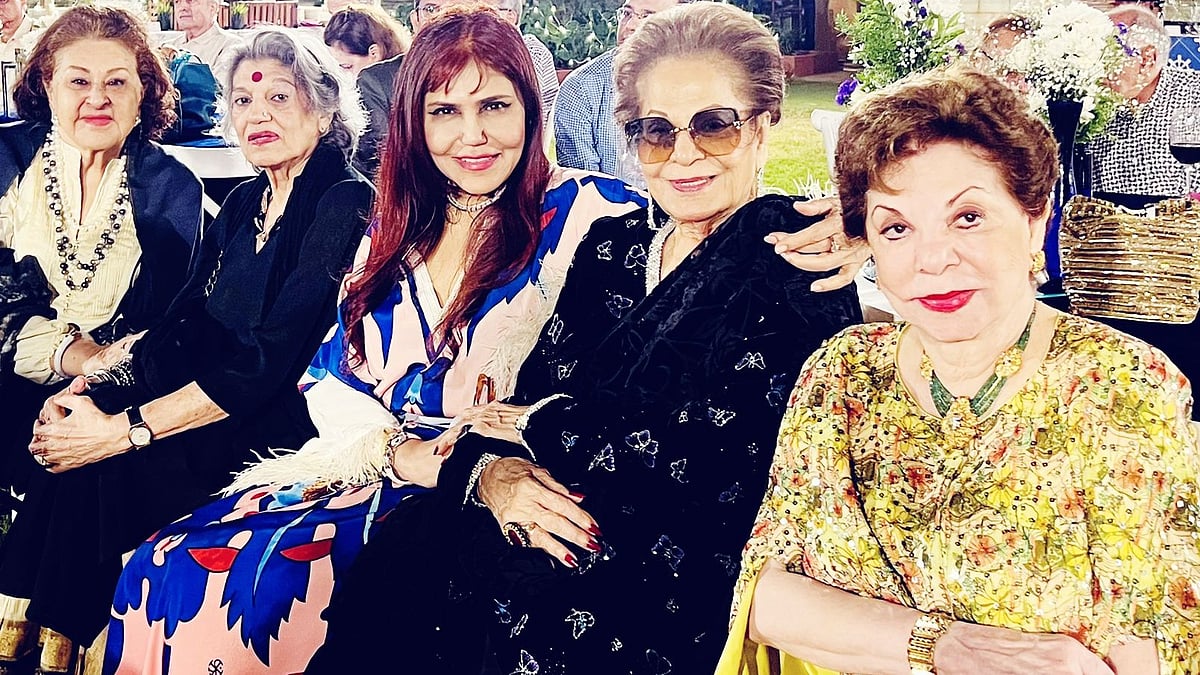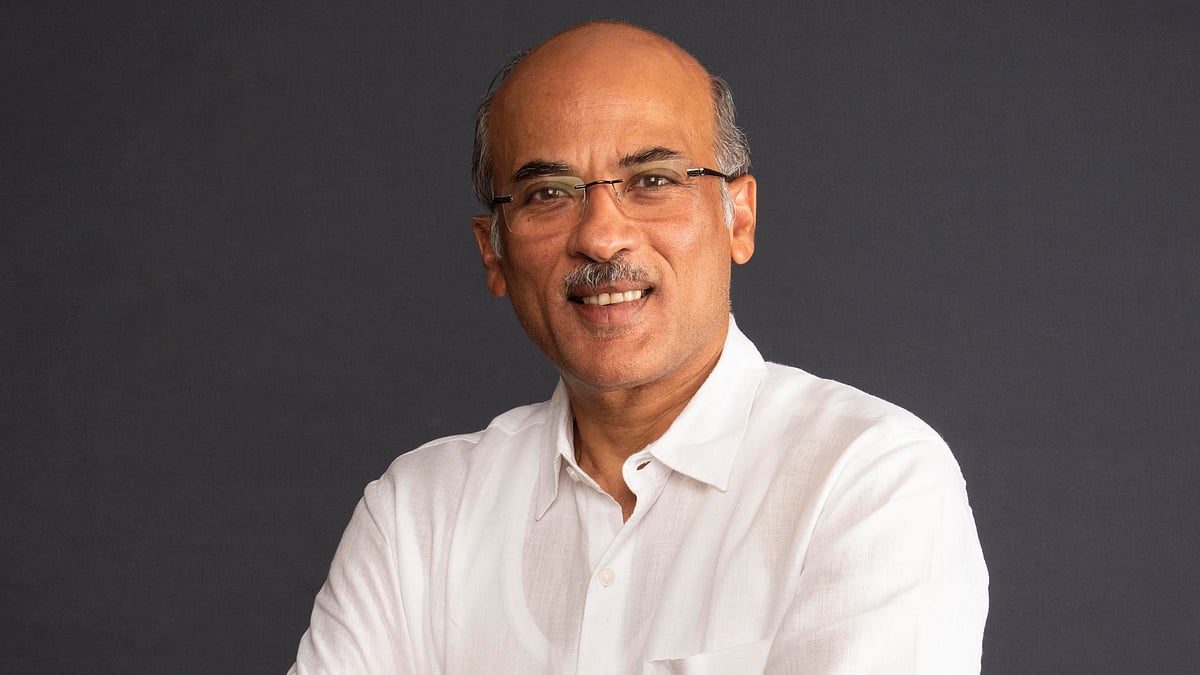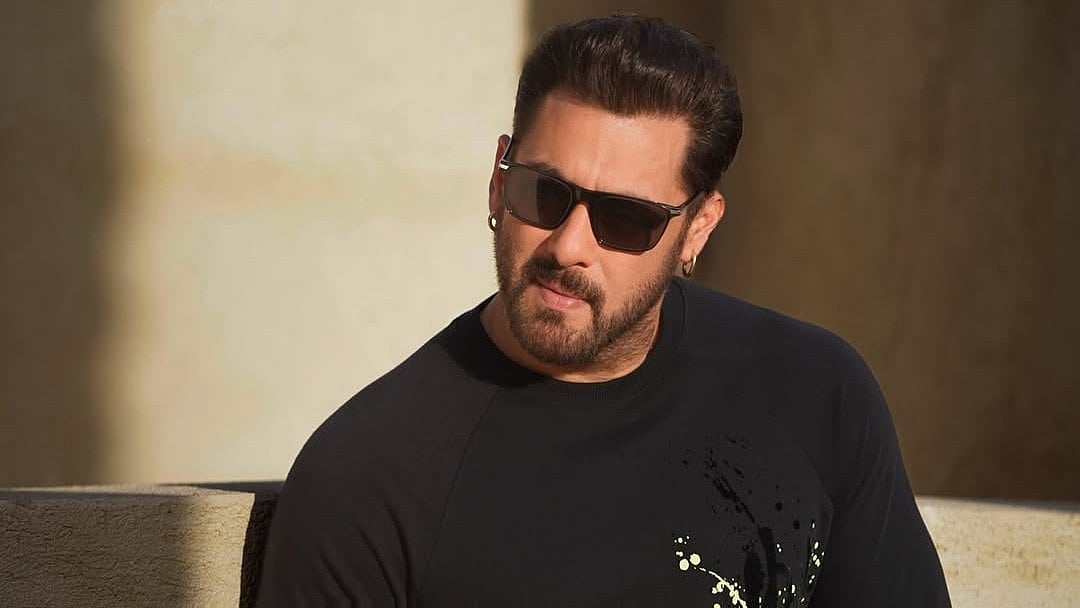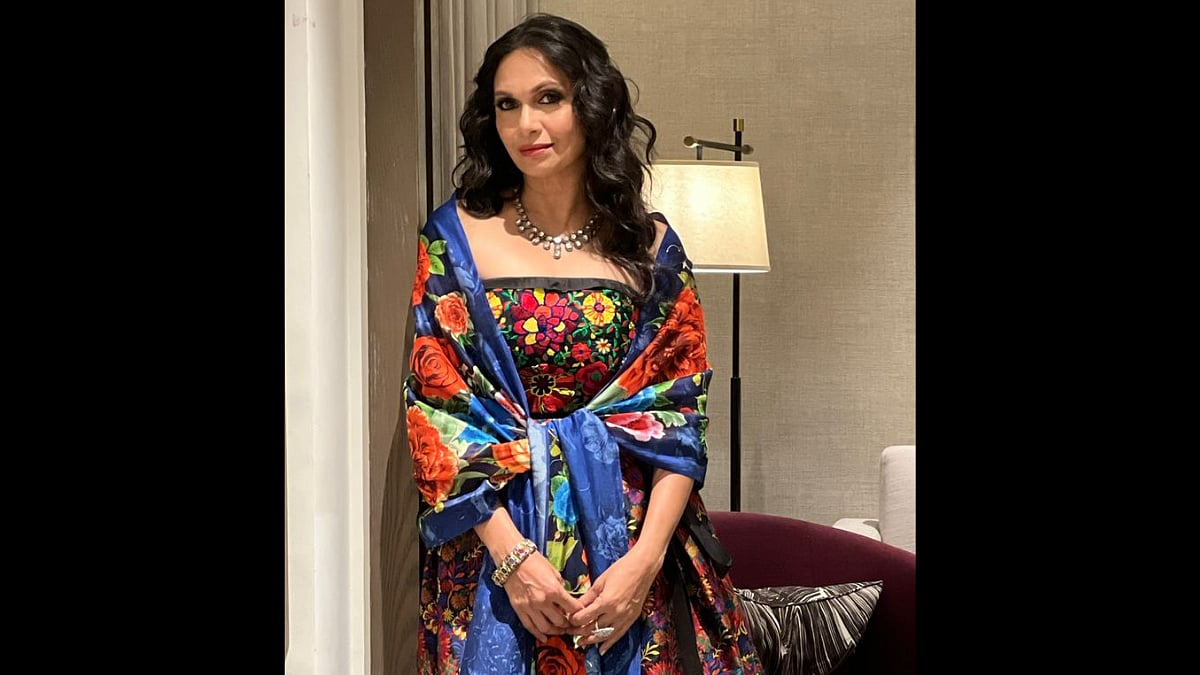Ramayana, one of the world’s greatest epics, is also a tragic tale of a woman, Sita — the emblem of faith, devotion and chastity. The later interpretations and representations of Ramayana describe her as docile wife, who never left her husband’s side. There are several interpretations of Sita and filmmakers have glorified Sita’s character including the latest Om Raut directorial Adipurush. “Sita is a different kind of strong. She decided to follow Ram because she wanted to live on her own terms. Sita demonstrates courage and conviction, loyalty, and sacrifice. Despite her life being full of trials and tribulations she braved them with strength and courage. Sita represents every woman including the modern woman,” says Chitra Banerjee Divakaruni, the author of The Forest of Enchantments. “She practices stoic reserve and resignation unlike Draupadi of the Mahabharata who demands her rights and viciously gets her way at any cost.”
Is Sita relevant today?
The epic provides the basis for pop culture and it is not uncommon to find the roots of contemporary icons in older, even ancient and obscure traditions. However, unfortunately, epics have been told from a man’s perspective and lack in portraying strong women characters. This doesn’t mean there were no strong women in the past that can serve as icons of feminism today. Unlike Sita, today’s woman rejects the man who can’t stand for her. This doesn’t mean today’s woman doesn’t have resilience, love, compassion, sacrifice, and dutifulness like Sita, but she knows when to walk away with her head held high. “Sita is more relevant than ever today. While we all have been told about her grace and purity, we need to remember that she is a rebel in her own way. She has the power to say no. If there’s anyone to take away from Sita that the modern woman would carry in her personality, it is her strong sense of self. She is resolute and firm. She had a strong faith in victory,” says author Dr Madhumita Mandal.
Modern woman radically deconstructs the age-old characteristics of Sita and retrieves her from the margins of the mythical narrative by putting the spotlight on her strengths and honour. She is able to see through the narrow, self-serving attitude of men and take a stand.
“If we are talking in terms of her qualities like resilience, bravery, and courage, among others then yes she is relevant because almost every woman has that. Even her unconditional love for her husband is something every married woman or those in a relationship will relate to. But, if you ask me about her virtues, being like her (pati vrata, obedient, behaving in a way that’s conforming to societal norms, etc) then I disagree. Today’s woman is free, independent, strong-headed and won’t succumb to societal pressures. I, for one, won’t blindly follow the man I love — if he expects me to give an agnipariksha (an ordeal of fire) of any kind, I want the man to do the same for me,” says Nita Powale, a homemaker.
“Times have changed. At that time may be Agnipariksha was a way of social system since a woman like Sita who was so resilient and strong agreed to do that, Sunny Chandani a 20+ lawyer. “Exceptions are always there who question woman's chastity even today. But that should not be there and no woman has to give any explanation to anyone if you don't ask a man. There should be equality and not patriarchy anymore.”
Rama, an ideal man?
Though Sita has always been questioned, there are seldom examinations done on Rama’s role as a husband. Rama means different to different people — mostly, an ideal man who is willing to sacrifice his own happiness including his beloved wife for what he knows to be good and true. Rama remains unwavering in his commitment despite suffering and enduring deep sadness. Rama, therefore, is the impetus to resonate with self and cultural values and beliefs to create personal morals.
“But, if we see Rama from a patriarchal point of view, Rama as an ideal becomes problematic. We, women, find ourselves excluded from the world in which Rama is idealised. He is a Maryada Purshottam but women fall out of those parameters when we read he asked his wife to give agnipariksha and despite her being proven pure, was asked to live in exile again when she was pregnant,” Anuradha Shah, theatre director. “He didn’t stand by his wife when she needed his support the most. I personally think that Rama failed as a husband to protect her wife and chose to remain neutral, a silent spectator to make his people happy rather than delivering justice.”
On the other hand, Deepali Mittal, a teacher, opines that Ram had a bigger vision and bigger duties than thinking about his own pleasures. “He questioned Sita because he was the king and his first duty was to his citizens and then to his wife. Ram is a pristine and ideal character for many generations and women will mostly live with this agony to prove themselves. It is harsh and unacceptable but that’s how it has been for years because women do many things for love.”
“I never understood Ram's role as a husband. He may be a highly respected king but as a husband, I doubt. For me, being educated and independent, no I don't want a husband like Ram and I won't give an Agnipariksha. If he can't trust, he isn't worth it. I do not have to prove myself to anyone, including my husband. Life is too precious to spend explaining and making yourself accepted. No woman should do that,” says Manasi Sinha a 24-year-old mechanical engineering.
